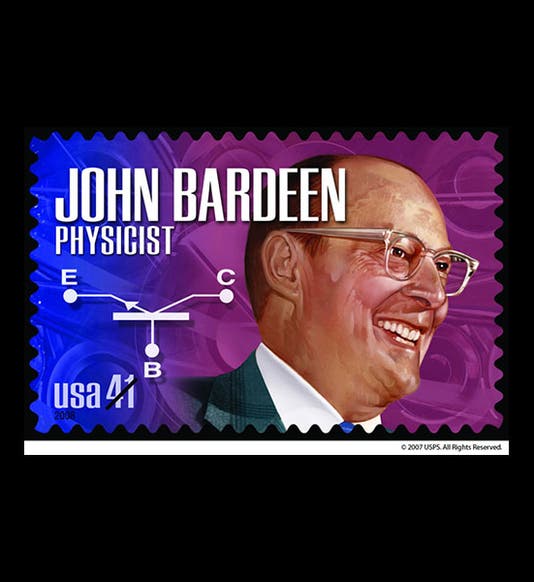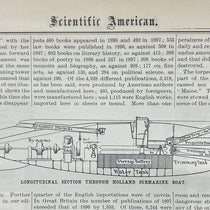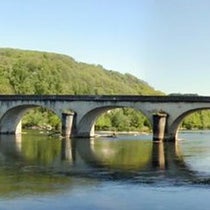Scientist of the Day - John Bardeen

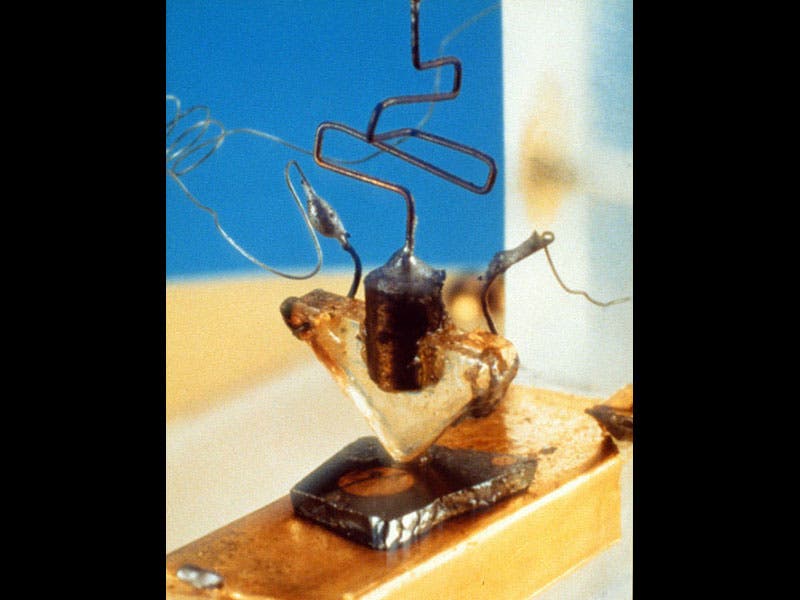


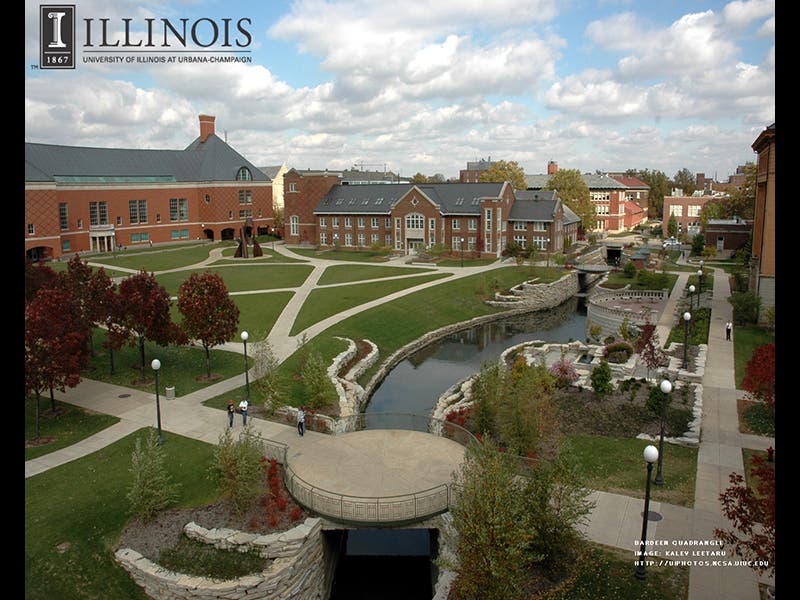
John Bardeen, an American physicist and electrical engineer, was born on May 23, 1908. Bardeen holds the distinction of being the only person to win the Nobel Prize in Physics twice. The first of these, awarded in 1956, resulted from a series of experiments that he conducted with his colleague Walter Brattain at Bell Labs, the research and development branch of AT&T. AT&T had long sought a replacement for the vacuum tube, the fragile electrical component whose signal-boosting abilities enabled the construction of a nationwide telephone network. Bardeen’s supervisor, William Shockley, believed that the electrical properties of semiconductors might allow for the creation of an improved form of amplifier.
At the end of 1947, Bardeen and Brattain proved Shockley correct by assembling the world’s first transistor. Their device consisted of a piece of gold ribbon wrapped around a plastic wedge and sliced in half at the vertex to form two contacts, which they carefully positioned over a piece of germanium (second image). Transistors could perform all the functions of a vacuum tube, but were smaller, more rugged, and possessed lower operating power requirements.
Bell Labs announced the invention to the public in the summer of 1948, and Bardeen, Brattain, and Shockley quickly found themselves in the spotlight. It soon became clear, however, that Bell Labs wished to emphasize Shockley’s leadership over the technical accomplishments of his collaborators. When the trio appeared on the cover of Electronics in September 1948, Bardeen and Brattain—who had actually assembled the first transistor—were asked to pose behind Shockley as the group leader tinkered at a workbench (third image).
Rising tensions with Shockley and a general frustration with industrial research led Bardeen to leave Bell Labs in 1951. By the time he won the Nobel Prize for the transistor, he had settled into a faculty position at the University of Illinois and started exploring a new set of materials. In 1911, the Dutch physicist Heike Kamerlingh Onnes had discovered several substances whose electrical resistance vanished when their temperatures were reduced to just above absolute zero. Bardeen wished to explain the behavior of these “superconductive” materials. Along with postdoctoral associate Leon Cooper and graduate student J. Robert Schrieffer, he developed a theory, which suggested that at low temperatures the electrons in superconductors paired off before flowing through the material in a coordinated fashion, rather than the random patterns observed in ordinary conductors.
Bardeen and his colleagues published this new framework, later referred to as BCS (Bardeen-Cooper-Schrieffer) theory in 1957. Fifteen years later, the three men received the Nobel Prize for these investigations (fourth image). Bardeen, who had always regretted leaving his children at home during his previous trip to Stockholm, now had an opportunity to correct his mistake and brought them and his grandchildren to the 1972 ceremony. After becoming the first Nobel laureate to win two prizes in the same field, Bardeen spent the rest of his career teaching at the University of Illinois, where the engineering quadrangle now bears his name (fifth image). He was also featured on a U.S. postage stamp in 2008 (first image).
Benjamin Gross, Associate Vice President for Collections, Linda Hall Library. Comments or corrections are welcome; please direct to grossb@lindahall.org.

